Enkaku-ji Site
Historic sitesShuri Castle ParkTemples and shrines
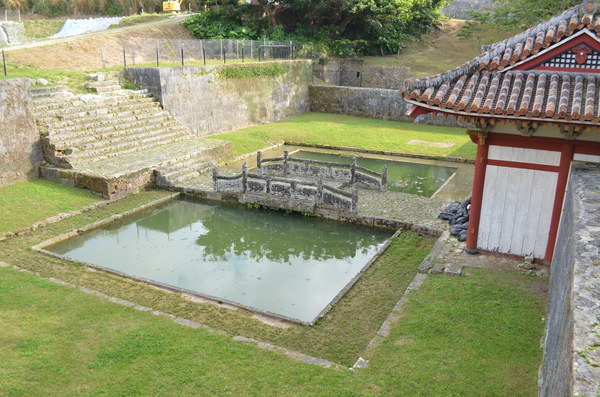

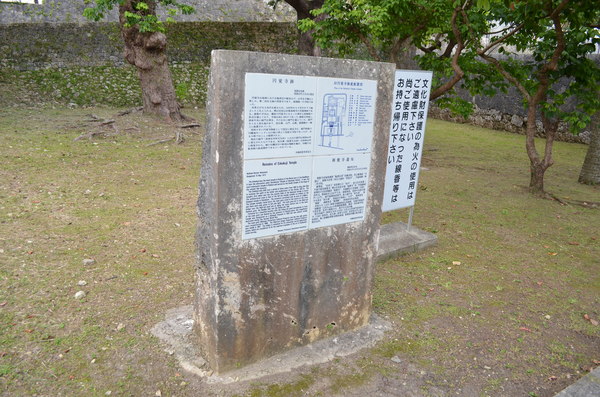
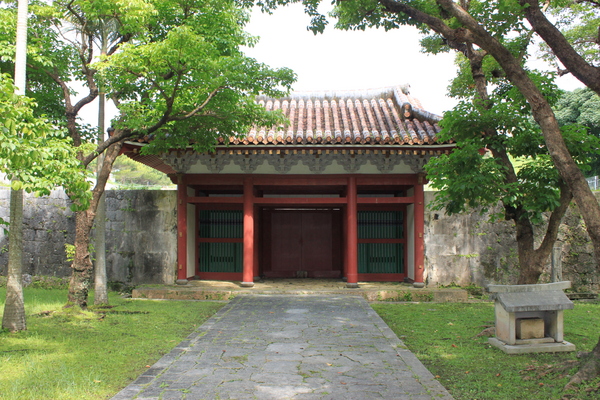
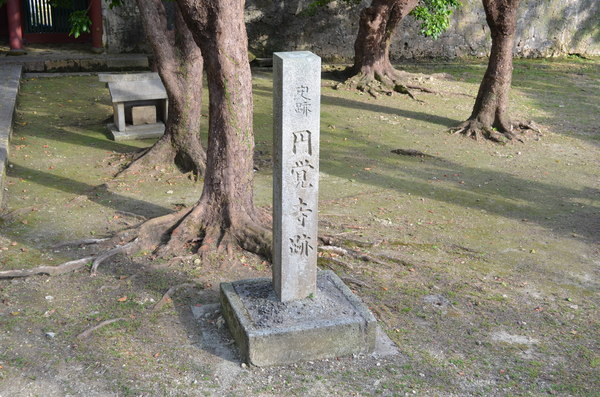
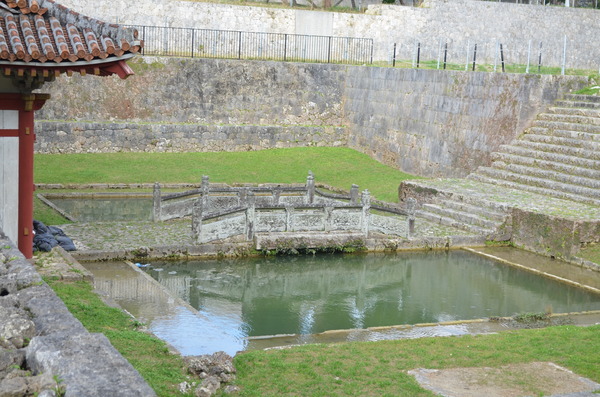
It was built to the north of Shuri Castle as a temple of the school of Rinzai Buddhism. It was founded by King Sho Shin in 1494 during the golden age of the Ryukyu Kingdom. It imitates the Enkakuji in Kamakura, but the Buddhist temple is extremely chic with Ryukyuan architecture. It was designated a national treasure, but during the Battle of Okinawa everything was burned except for the Houseibashi (Housei bridge.) Presently, only Housei pond and the Somon (main gate) have been rebuilt. It has become a designated tangible cultural property of Okinawa Prefecture.
Basic information
- Address
- 903-0812 1-1, 2, 2-1, 3, Tonokura-cho, Shuri, 2-1 Tonokura-cho, Shuri Naha Okinawa
- TEL
- 098-866-2731 (English is not supported) Cultural Property division of Prefectural Education Bureau of Okinawa
- Business hours
- 24H
- Close day
- None
- Charge
- Free
- Parking
- Shuri Castle Park parking available
- Access information
- A 2-minute walk from the Tonokura bus stop. Ryutan-dori
Additional Information
- Academic information
- Cultural property(National designated historical site)
Designated Date: May 15, 1972
Tentokuzan Enkaku-ji Temple was the Ryukyu’s head temple with Shichido garan (a group of seven buildings that are supposed to form the heart of an ideal Buddhist temple) and the family temple for the former royal family. It was founded by King Sho Shin in 1492 and the Zen master Kain served as the first abbot of the temple. It was built facing west on the north hill slope of Shuri Castle, and the inner wall premises which is lined with buildings (about 3,560m2) had a high stonewall in the front and earth retaining stonewalls surrounding the remaining three areas. The inner wall was mantled in a luxuriant green called Enkaku-ji Machu, which was surrounded by stonewalls.
The center in the front stonewall had a somon (main gate), whose left and right side had a stone, gable-roofed side gate. The main buildings were aligned in a straight line from the main gate to the back. Passing the main gate and crossing Hojo Bridge led directly to sanmon (inner temple gate). Behind the gate, butsuden (Budha hall) with a multi-layered roof, in the center of which had shumidan (dais for the Buddhist image) with the background of the wall picture of kongo. Sanzonzo (three statues) were enshrined and before that three-fold, three-way spirit tablets were placed.
Behind the Buddha hall, the largest hall in Enkaku-ji, Ryuenden stood on the higher pedestal and spirit tablets for former kings were enshrined. This half-hipped roofed great hall is the only building with Japanese gargoyle roof tiles in Ryukyu. The north east corner of the great hall had a small garden, the south of the hall was lined with priest quarters, in front of which, was a well called Sekireisen. In the south foreground of the Buddha hall was shoro (bell tower), to the south of which, a house for fakirs, and the north side of the Buddha hall, a hall called Shishikutsu (former Mishido).
The Enkaku-ji temple was destroyed entirely in the 1945 Battle of Okinawa, except the half-destroyed Ryuenden and the Hojo Bridge. After the battle, the site was used as a residential area for Ryukyu University staff and an athletic field. Presently viewing the reconstructed main gate, the side gate, and the repaired Hojo Bridge marginally take you back to the good old days. - Quote
- Naha Board of Education Cultural Heritage Division (2007) "Naha Cultural Property" Naha Board of Education
